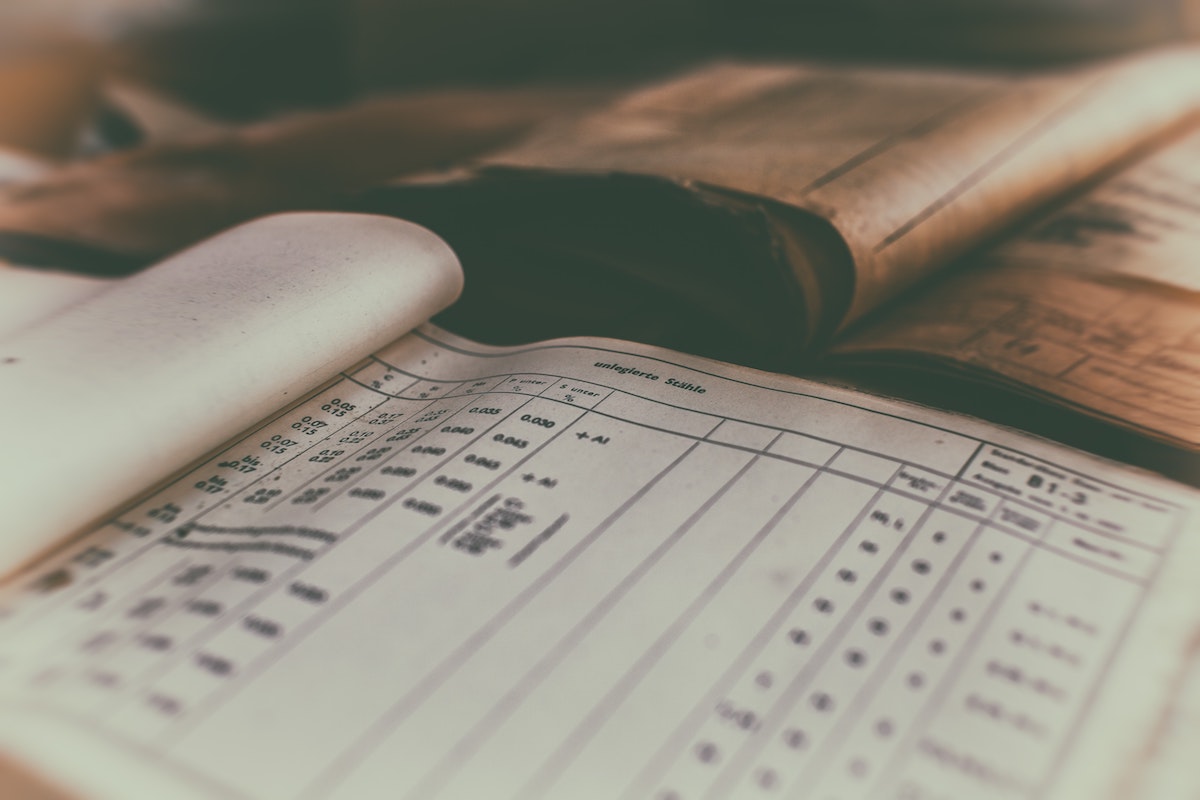 The company car. The company computer. The office furniture. The stuff in the shop. Phones. Signs.
The company car. The company computer. The office furniture. The stuff in the shop. Phones. Signs.
You know, the stuff that makes up the structure of your company?
There are tangible and intangible assets. Either way, they need, or should, be accounted for. Examples of assets you need to account for on your balance sheet:
- Buildings and office equipment and other things not consumed during the course of doing business.
- Depreciable assets like machinery and vehicles that are used as part of the business process.
- Current assets including on-hand inventory and accounts receivable.
And while you can’t put them on the balance sheet, there are things that have value that could be converted to cash in this information economy:
- Reputation, know-how and industry knowledge.
- Brands and trademarks.
- Formulas, patents, inventions and creative communication.
The point of all this is that your company is made up of stuff that has value. You need to account for this value to ensure the stability and ongoing health of your company.
This list is just a starting place. However, it should help you sort out value as you communicate with your finance team (CPA, accountant, bookkeeper) when managing your company’s finances.
We love numbers. If you are looking for help with your finances, call or write to us. TFO Solutions is dedicated to helping entrepreneurs and business owners with their financial strategy from the back office to the board room.
*Photos courtesy of Unsplash (photographers Denny Muller and Scott Graham)



